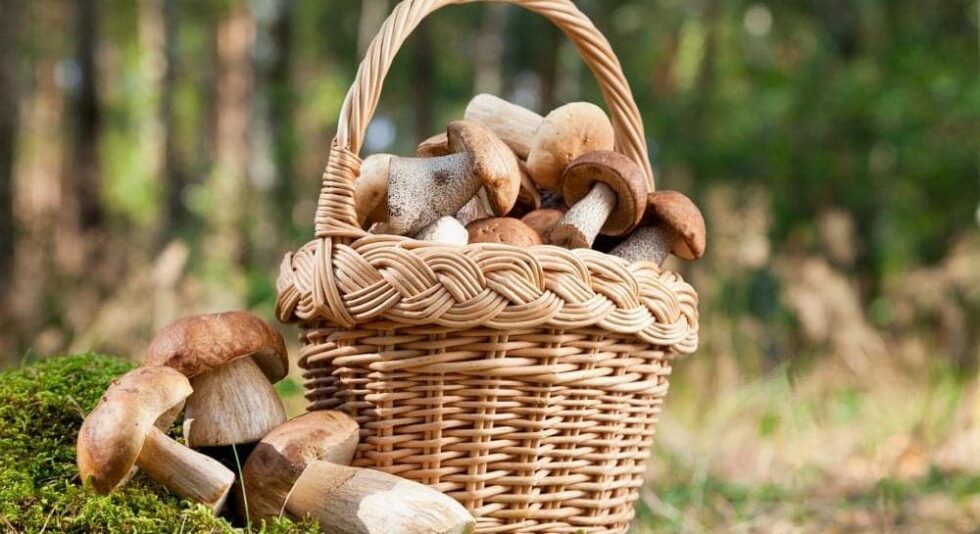Mushroom Foraging around Hamburg 2025 – Best Spots, Safety Tips & Full Addresses

Mushrooms in Hamburg are more than an autumn pastime — they are part of the city’s seasonal rhythm. From early September until mid-November, the forests of Sachsenwald, Klövensteen, Niendorfer Gehege and the Harburger Berge turn into fertile ground for porcini, chanterelles and bay boletes. According to research by the G.Business Redaktion, these areas offer ideal microclimates: moist soil, balanced light and a high variety of deciduous trees. This practical guide provides verified addresses, transport access and the precise conditions under which fungi thrive in 2025. It also outlines the legal limits of foraging and the health precautions that separate a safe harvest from a risky one. For those who collect for flavour rather than display, accuracy, restraint and respect for the forest remain the first rules of autumn.

The sites that matter (concise, verifiable addresses)
| Site | Address / nearest point | Why this site matters |
|---|---|---|
| Sachsenwald | Baumweg, 21521 Aumühle | Largest continuous woodland in Schleswig-Holstein; diverse mixed stands and consistently moist microclimates ideal for porcini and chanterelles. Closest rail: S-Bahn to Aumühle. |
| Segeberger Forst | Segeberger Forst, 23795 | Extensive stands of mature beech; rich in bay boletes (Maronen) and other autumn species. Good for long, solitary walks. |
| Niendorfer Gehege | Niendorfer Gehege, 22453 Hamburg | Urban woodland inside city limits; safe, family-friendly, small species after wet weather. Observe local park rules. |
| Harburger Berge | Stadtscheide, 21075 Hamburg | Hilly mixed forest south of the city; varied aspect produces seasonal hotspots for different fungi. Popular with walking groups. |
| Tangstedter Forst | 22889 Tangstedt | Quiet northern forest with long tracks — convenient for dog-owners; finds often adjacent to clearings and old rides. |
| Rantzauer Forst | 22846 Norderstedt | Wide forest tracks, easily accessible; flushes of chanterelles and parasols after rain. |
| Waldgebiet Im Stuck (Harburg) | Appelbütteler Weg, 21077 Hamburg (bus 340 from Harburg station) | Wet biotope pockets create strong local yields; recommended for experienced collectors. |
| Beimoorwald (Ahrensburg) | 22926 Ahrensburg | Noted for maronen and other boletes; combine with cultural stop at Ahrensburg Castle. |
| Klövensteen (Wildgehege Klövensteen) | Sandmoorweg 160, 22559 Hamburg | Moor-woodland mosaic; family-oriented site with clear visitor infrastructure. |
| Volksdorfer Wald | 22359 Hamburg | Convenient for evening forays after work; mixed woodland with reliable small finds. |
| Lüneburger Heide (selected accessible areas) | Lüneburger Heide | Heathland margins and birch stands yield small edible species — respect protected zones and signage. |
Practical, safety-first rules for collectors
- Positive identification only. Never consume a mushroom unless you — or a certified mycologist — can identify it with confidence. When in doubt, leave it.
- Bring the right kit. Use a basket (not plastic bags), a sharp knife, a small brush and a field guide or app for notes. Take photos of cap, gills/pores, stem and habitat.
- Respect protected areas. Many parts of the Lüneburger Heide and certain forest reserves are legally off-limits; follow signage.
- Timing matters. Prime collecting windows are early morning hours after rain. Fungi regenerate locally but are sensitive to overharvesting.
- Transport & storage. Keep different species separate in the basket; do not mix unknowns. Refrigerate promptly; do not store for more than a day without proper cleaning and processing.
- Health precaution. First test a small cooked portion if trying a new species; allergic reactions do occur. Seek medical attention if symptoms appear.
- Verification. Use the Deutsche Gesellschaft für Mykologie (DGfM) or local mushroom clubs for verification and guided walks. Many cities run autumn identification sessions.
How to plan the trip (logistics that matter)
- Public transport: Sachsenwald and Ahrensburg are reachable by regional S-/RB trains; Harburg and Volksdorf by S-/U-Bahn and local buses. Waldgebiet Im Stuck: bus 340 from Harburg station.
- Parking: Most larger forests provide small car parks; avoid blocking access roads.
- Seasonality: Peak season in this region runs from September through November, peaking in October after prolonged rain and mild temperatures.
- Group options: If you are a novice, book a guided mushroom walk with a certified forager or local nature centre; these walks focus on safe ID and sustainable practice.
Responsible foraging: ethics and conservation
Foraging is not a right to unlimited extraction. Remove only mature fruiting bodies, cut rather than uproot where possible, and leave a proportion of the stand intact to ensure spores continue to replenish the site. Avoid trampling sensitive ground and do not disturb breeding wildlife habitats.
Expert contacts & further reading
- Deutsche Gesellschaft für Mykologie (DGfM) — regional chapters organise identification clinics and guided forays.
- Local nature centres in Aumühle, Harburg and Ahrensburg provide seasonal updates and event listings.
Mushroom foraging near Hamburg remains a modest, exacting craft: it rewards patience and careful learning more than bravado. For the conscientious forager, the woods offer steady yields and the quiet pleasure of autumn fieldwork — provided collection is governed by knowledge, restraint and respect for the living landscape.
Stay connected with business news that matters: timely, factual, and global insights shaping Germany and the world: How the 2025 Nobel Prize in Chemistry Was Announced – and Why It Matters